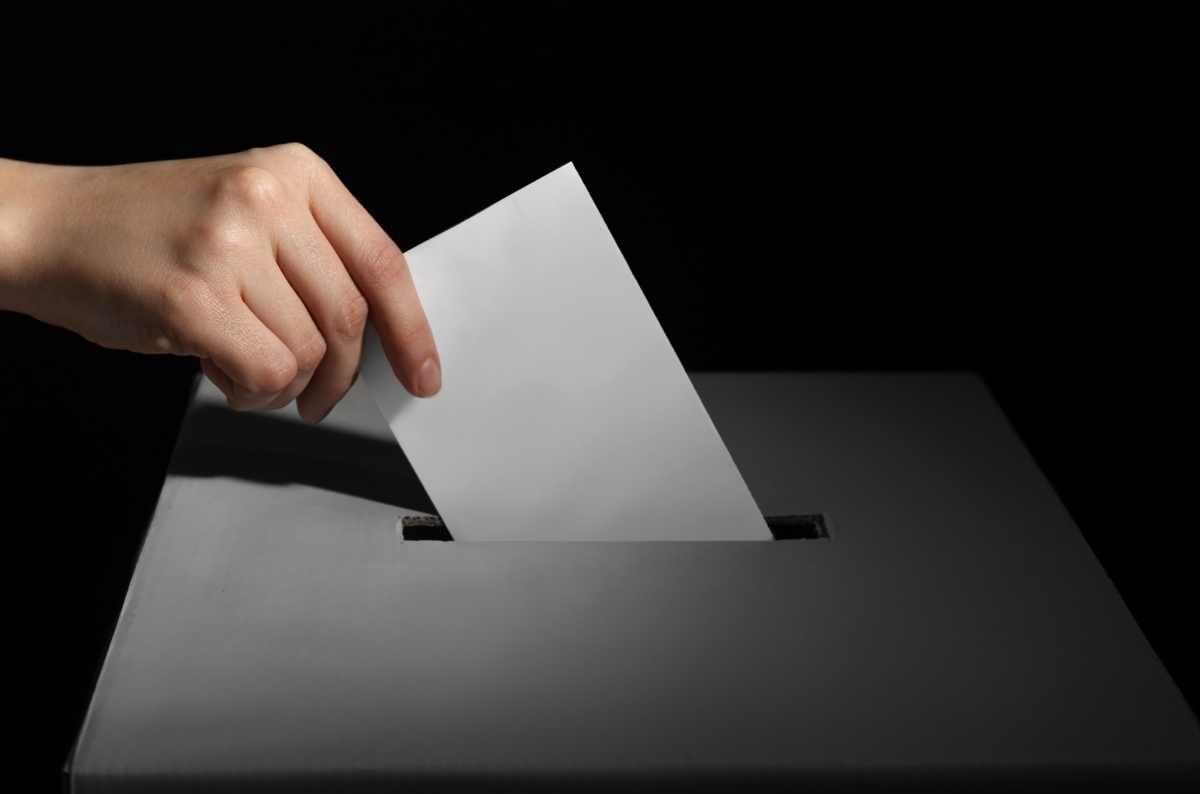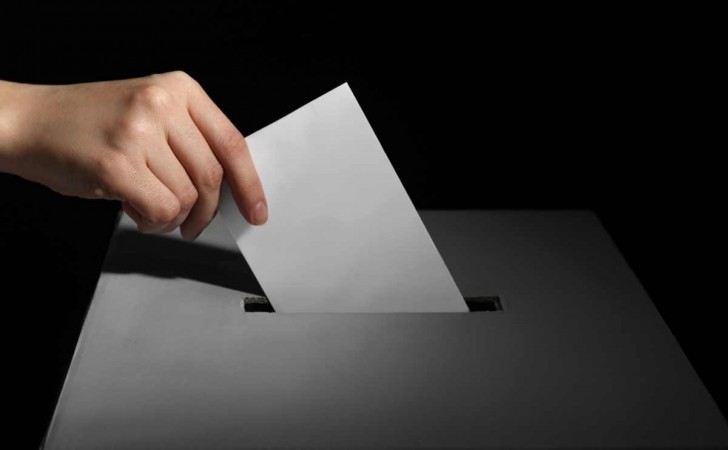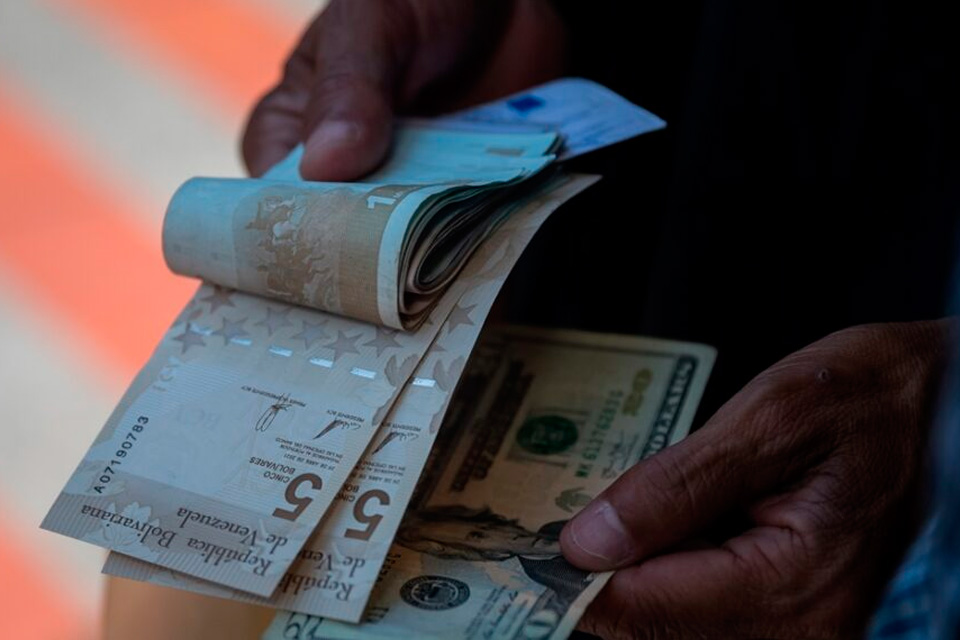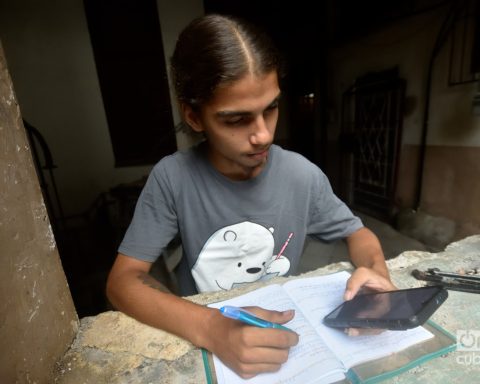
In the second half of July, as Uruguay’s national elections approach, Equipos Consultores conducted a survey to assess the voting intention of Uruguayans.
The results reveal a relatively stable political competition at the block level, although with important internal movements within the Multicolor Coalition, indicating a decline in the National Party and a rise in the Colorado Party, all while the number of undecided voters increases.
Broad Front leads the Multicolor Coalition
The main opposition party, the Broad Front, leads the voting intention with 43% support, surpassing the parties of the Multicolor Coalition, which together have 37%.
This block is mainly composed of the National Party with 22% preference, followed by the Colorado Party with 11%, and Cabildo Abierto with 3%. On the other hand, the Independent Party and Sovereign Identity each obtain 1%. It should be noted that there is 3% of voters who would choose to vote blank or spoil their vote, while 15% have not yet decided how to vote.
Comparing these results with previous measurements from June, there is evidence of a decrease in the Frente Amplio by one percentage point, going from 44% to 43%.
The National Party, the pillar of the Multicolor Coalition, suffers a more noticeable drop of four points, from 26% to 22%, while the Colorado Party advances two points.
This change strengthens the advantage of the Broad Front over the Coalition, increasing it from five to six points. At the same time, the percentage of undecided voters increases from 12% to 15%, which could play a crucial role in the final results.
Internal movements of the Multicolor Coalition
The Multicolor Coalition faces volatile internal dynamics, especially between the National Party and the Colorado Party. Although stability within the overall political system remains, the Coalition exhibits notable fluctuations.
In particular, the National Party’s continued decline, with a cumulative loss of seven points recorded since April, while the Colorado Party has gained four points in the same period. This trend could be attributed both to post-internal definitions and to underlying factors beyond the immediate current dynamics.
The volatility among the Coalition parties could also impact other minor parties such as Cabildo Abierto and the Independent Party. This phenomenon adds an element of uncertainty and attraction to the current electoral campaign.
Undecided, the votes that everyone wants to win
The undecided, who now make up 15% of the electorate, are a particularly relevant variable for analysis. In an electoral scenario as competitive as Uruguay’s, the undecided could tip the balance in either direction. This group reflects, sociodemographically, a profile similar to that of the general population of the country, being slightly predominant among women, and residents of the interior rather than of Montevideo.
This segment of the electorate is particularly volatile, as voters can swing from decided to undecided as the campaign progresses, introducing an element of unpredictability into the final election outcome.
What’s next for the parties that want to make it to the second round?
Despite the advantage that the Broad Front maintains over the Multicolor Coalition, the reality is that the electoral context remains dynamic and open.
With 15% of the electorate still undecided on where they will vote, these voters could be decisive as Election Day approaches.
This advantage is significant when put into context with the situation five years ago, when the Coalition led by 18 points over the Broad Front, which denotes a notable change in the country’s electoral preference.
While the Broad Front is emerging as the leader in voting intention for the upcoming elections, the behavior of the undecided and the evolution within the Multicolor Coalition will be determining factors in the electoral outcome.

















